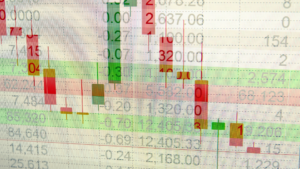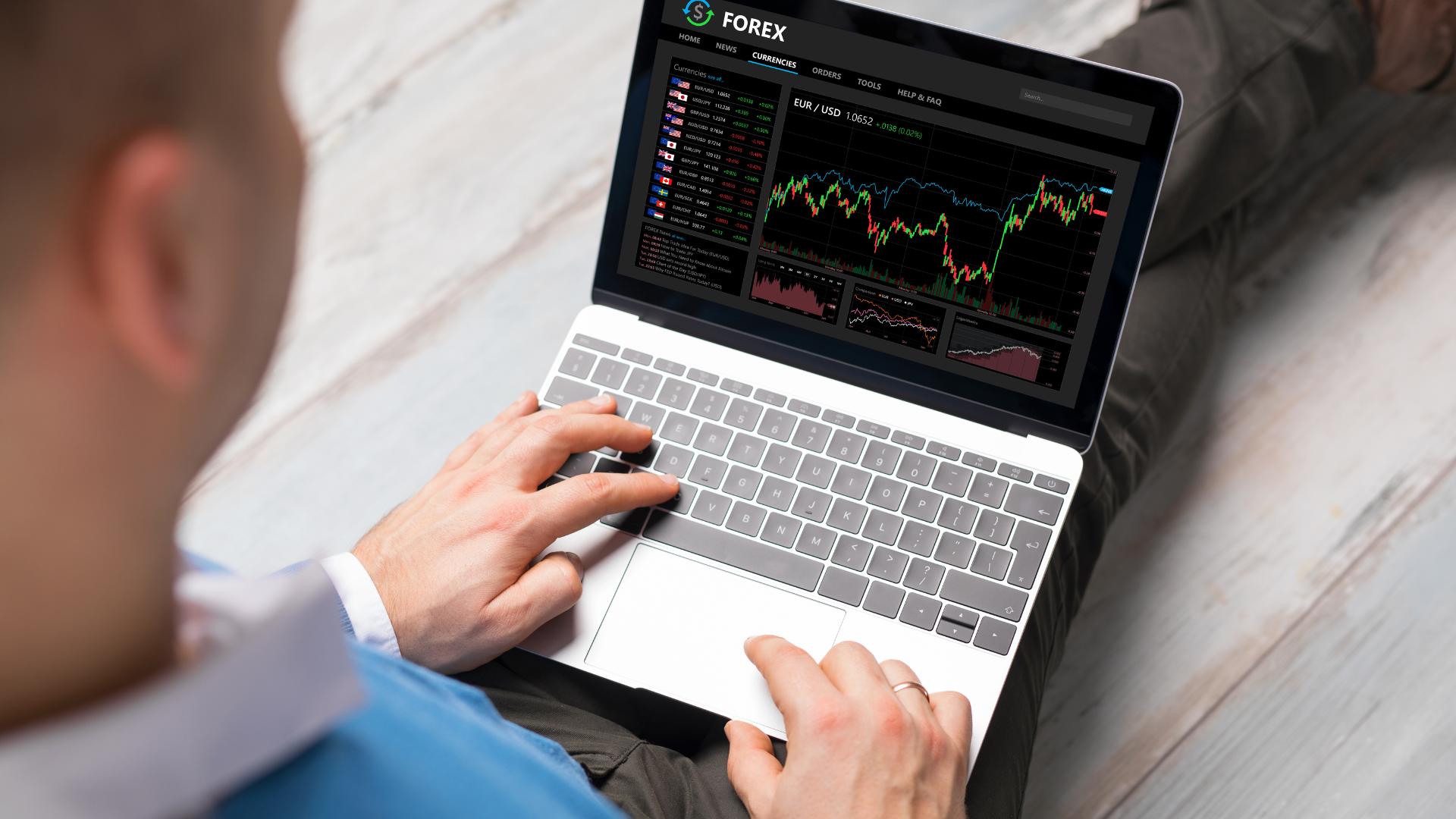When it comes to algorithmic trading, backtesting isn’t just a step; it’s a leap towards certainty in an uncertain market. Picture this: a strategy that could potentially yield high returns, but how does one ensure it’s not a siren’s call leading to financial shipwreck? That’s why we need backtesting – the unsung hero in every trader’s toolkit, a process akin to a time machine that allows traders to peek into the past to inform the future.
Backtesting is like having a crystal ball, but instead of vague predictions, it offers hard data on how a trading strategy would have fared in the past. Traders meticulously comb through historical data, applying their strategies as if they were trading in real-time. This isn’t just about profits; it’s about understanding the ‘whys’ and ‘hows’ of a strategy’s performance, identifying weaknesses before they become costly.
In this world of backtesting, two roads diverge: In-Sample and Out-of-Sample testing. In-Sample is akin to practising a speech in front of a mirror, comfortable and familiar. But Out-of-Sample? That’s the real test, almost like delivering that speech to an unknown audience. It’s here that a strategy proves its mettle, demonstrating how it might perform when the stakes are real and the audience is unforgiving.
Traders have an arsenal of sophisticated software at their disposal. Python, MATLAB, and R are the weapons of choice, each offering a unique blend of statistical and visualisation tools. Python, with its simplicity and versatility, is particularly popular among traders who weave algorithms to navigate the complex tapestry of the market.
But backtesting isn’t without its Icarus tale. It relies on historical data, and as any historian will tell you, the past is not always a perfect prologue to the future. The assumption that a strategy will execute flawlessly in the heat of trading is a dangerous one. It’s a reminder to traders that even the most well-tested strategy can falter when faced with the market’s unpredictable moods.
 On this note, to navigate through the sea of historical data, traders employ key metrics as their compass. The win/loss ratio stands as the first mate, providing a straightforward count of victories versus defeats. Yet, it’s the profit factor that delves deeper, weighing the total gains against the losses, offering a more nuanced view of a strategy’s financial viability.
On this note, to navigate through the sea of historical data, traders employ key metrics as their compass. The win/loss ratio stands as the first mate, providing a straightforward count of victories versus defeats. Yet, it’s the profit factor that delves deeper, weighing the total gains against the losses, offering a more nuanced view of a strategy’s financial viability.
The journey through backtesting is fraught with potential risks, and the maximum drawdown metric is the lookout, alerting traders to the biggest financial dip their strategy might endure. Meanwhile, the Sharpe ratio serves as the strategist, assessing the risk-adjusted returns and helping traders understand if the extra risk is truly worth the potential rewards.
Timeframe analysis is akin to the seasoned sailor who has weathered many storms; it tests a strategy’s mettle across different market climates, ensuring it can hold its own come rain or shine.
However, even the most seasoned traders must beware the sirens of backtesting — those alluring pitfalls that promise success but deliver ruin. Overfitting is the most beguiling, crafting a strategy so perfectly attuned to past data that it’s rendered useless in the unpredictable future. Survivorship bias whispers sweet nothings, convincing traders to consider only the victorious strategies, while data snooping tempts with endless tweaking until a mirage of success is found.
Ignoring transaction costs and slippage is like ignoring the wind and tides — it may lead to miscalculating the journey’s true cost. And a lack of robustness? That’s similar to setting sail without checking the integrity of the ship, a gamble that could lead to disaster in untested waters.
For backtesting to be the oracle it’s meant to be, traders must also adhere to a set of best practices. They must venture beyond the comfort of In-Sample data, account for transaction costs, slippage, and market impact, and ensure they are not just testing on a handful of data points or a single asset. It’s a rigorous process, but for those who seek to master the art of algorithmic trading, it’s a process that can’t be overlooked.
Ultimately, leveraging backtesting it’s not just about improving performance, identifying patterns and trends, mitigating risks, and optimising strategies; it’s also about gaining the confidence to sail boldly into the market’s vast expanse, armed with knowledge and prepared for whatever the financial waters may hold.
At Meena Capital, we understand the significance of backtesting in refining our algorithmic trading strategies. Since 2015, we have been diligently backtesting our algorithms, honing them to navigate the complexities of the market with precision and confidence. With each iteration, we strive to enhance performance, mitigate risks, and adapt to evolving market conditions. Backtesting isn’t just a box to check; it’s a cornerstone of our approach to algorithmic trading.
Join us on this journey, where the power of backtesting meets the innovation of algorithmic trading, and together, let’s unlock the potential of passive income generation. Experience the difference with us.


